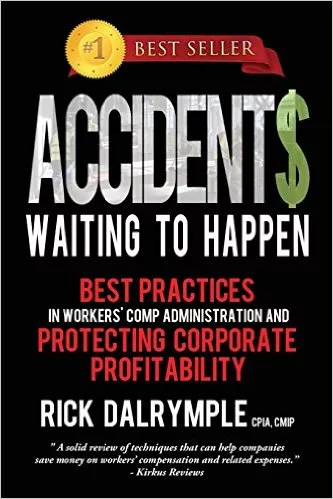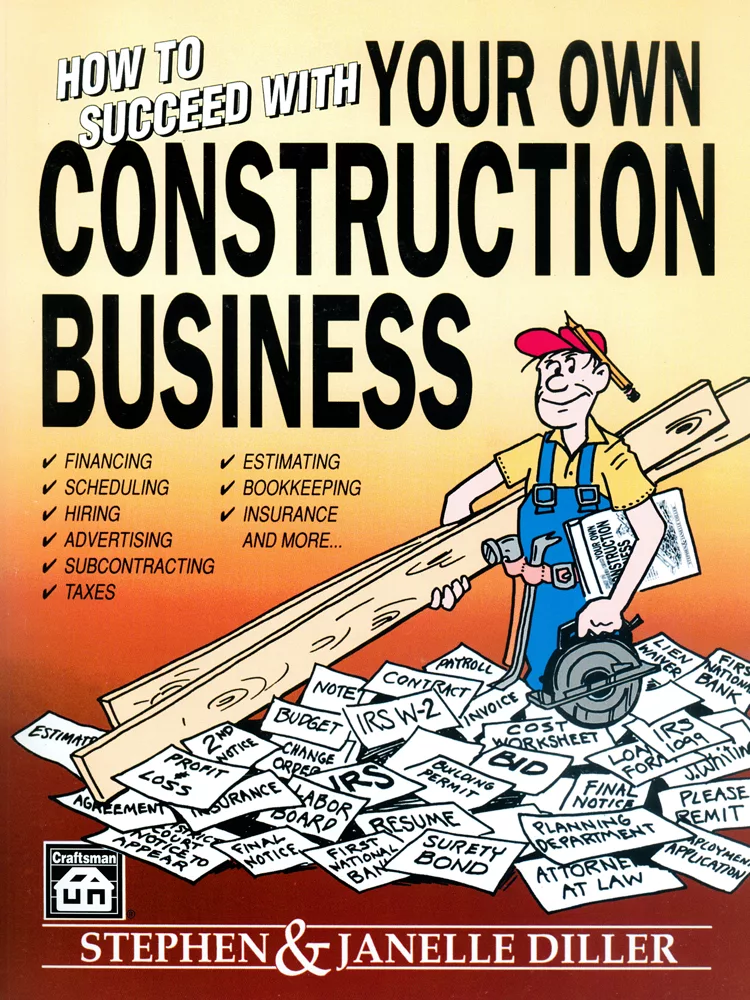Measuring Up
Does Your Ratio of Office Workers to Craftsmen Make Sense?
No matter how you spin it, contractors build things and perform craft tasks. That’s what you get paid to do. Yes, you have the cost of giving an estimate and presenting the job, but does the customer really care? Yes, you have to order and handle material, but again, does the customer really care? Customers want a new roof over their heads. They don’t want to invest in a contractor’s overhead.
The most efficient organization is one. When you move beyond one, complications arise. Obviously, having just one person sell, install, bill and do all the other contracting functions. is not practical. As a company grows, communication, interaction and other management details complicate the process. But just because something is complicated does not mean it can’t be measured. In the last month or so, I have had some interesting phone calls from mature, profitable roofing companies that are struggling because they have too much overhead. Failure to look at the efficiency of your processes can create a bureaucracy.
Start with a simple question. In your company, how does the number of people (subs or employees) working on the roof compare to the number of people who are not working on the roof? I talked with one company that had four employees in office and five in the field. I talked to another with four employees in the office and six in the field. Does it really take one person in the office to manage or sell work to keep 1.5 craftspeople busy? That’s like a roadside crew with three guys who are digging and two who are watching them dig. There is no question that many of these companies have a sales and office culture, but I see such organizations being priced out of the marketplace. You also have to question value and determine if that type of corporate structure really delivers a good deal for the customer.
What should the ratio of office workers to field workers be? This is difficult to predict, as it will be higher for repair companies and lower for commercial companies, but a 1 to 3 ratio is a reasonable minimum to shoot for.
Many companies have a much higher ratio of office workers to craftspeople. One problem behind this phenomenon is paying commissioned salespeople a flat percentage rate and not evaluating their efficiency. Where we often see this being a problem is with companies that use the 10 percent commission rule for commissioned salespeople. Cost and other dynamics have changed rapidly since this formula was originally instituted. Let’s look at the impact of the rising cost of roofing shingle products.
Prices for residential roofing materials have risen dramatically in the past five years. What might have been an $8,000 roof five years ago might be a $12,000 roof today. Let’s look at some interesting statistics for a 10 percent salesperson, shown in Figure 1.
How many people do you know that received a 50 percent raise in wages during the past five years to do the same amount of work? To make matters worse, maturing sales reps can cut back and make the same amount of money. Now the person only needs to sell two-thirds as many roofs to make the same $80,000 ($80,000 divided by $1,200 equals 66.7 roofs, not 100).
Why is the formula outdated? All the cost parameters around the formula have changed. When gas was 50 cents a gallon, the gross margin percentages and cost factors were totally different from what they are today, with gas at $3.75 a gallon. Commissions should be based on the time required to do a task and what is required to hire someone to fill that position — not some arbitrary magic formula that is a component of total sales dollars.
Commercial contractors can also find themselves with the same type of overhead problem. It is easy to have an outdated estimating department that is not computer literate and bids everything that comes along by hand. This combined with poor closing ratios can dramatically escalate your costs. Commercial contractors need to look at estimating as an overhead cost and calculate their estimating cost per bid awarded. An aging estimating department that refuses to embrace technology can make your company uncompetitive.
Here is a challenge I would present to both residential and commercial contractors: instead of merely looking at your overhead cost as percentage of sales, look at your overhead cost per number of jobs. Take the number of jobs and divide your overhead item by item into it. If you use employees and not subs, look at your overhead per hour. Don’t stop with estimating and sales, but also look at administrative cost per job, phone cost per job and other line items. Technology was supposed to lower costs, but you may be surprised as to how much per job some line items have increased.
When looking at efficiency, look at how long a task takes and work backward. Let’s look at residential sales. If a residential sale averages 4 hours of time, multiply that by the number of jobs presented. Suppose a salesperson sold 100 jobs during the year and his or her closing ratio was 40 percent; this means they had to estimate and present 250 jobs. If each one took 4 hours, then the salesperson worked on these tasks 1,000 hours a year, or about 20 hours per week. In the old days, salespeople banged on doors and self-generated leads, so that took up a great deal of time. However, today, many commissioned salespeople are merely chasing Internet and phone leads. If salespeople are asked to manage their own jobs, 1,000 hours of sales production is reasonable, but if you have a construction manager, what are they really doing?
Just because you pay someone on a formula or flat rate does not mean it is cost effective. Understand what you are paying for and the how the process works. Count units of production to evaluate your overall sales efficiency.
Looking for a reprint of this article?
From high-res PDFs to custom plaques, order your copy today!





